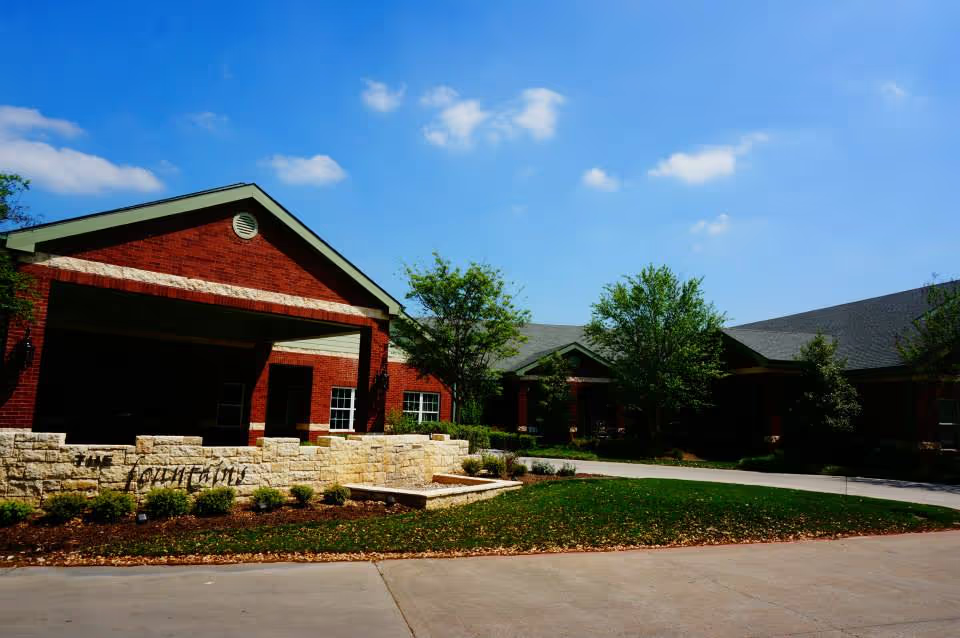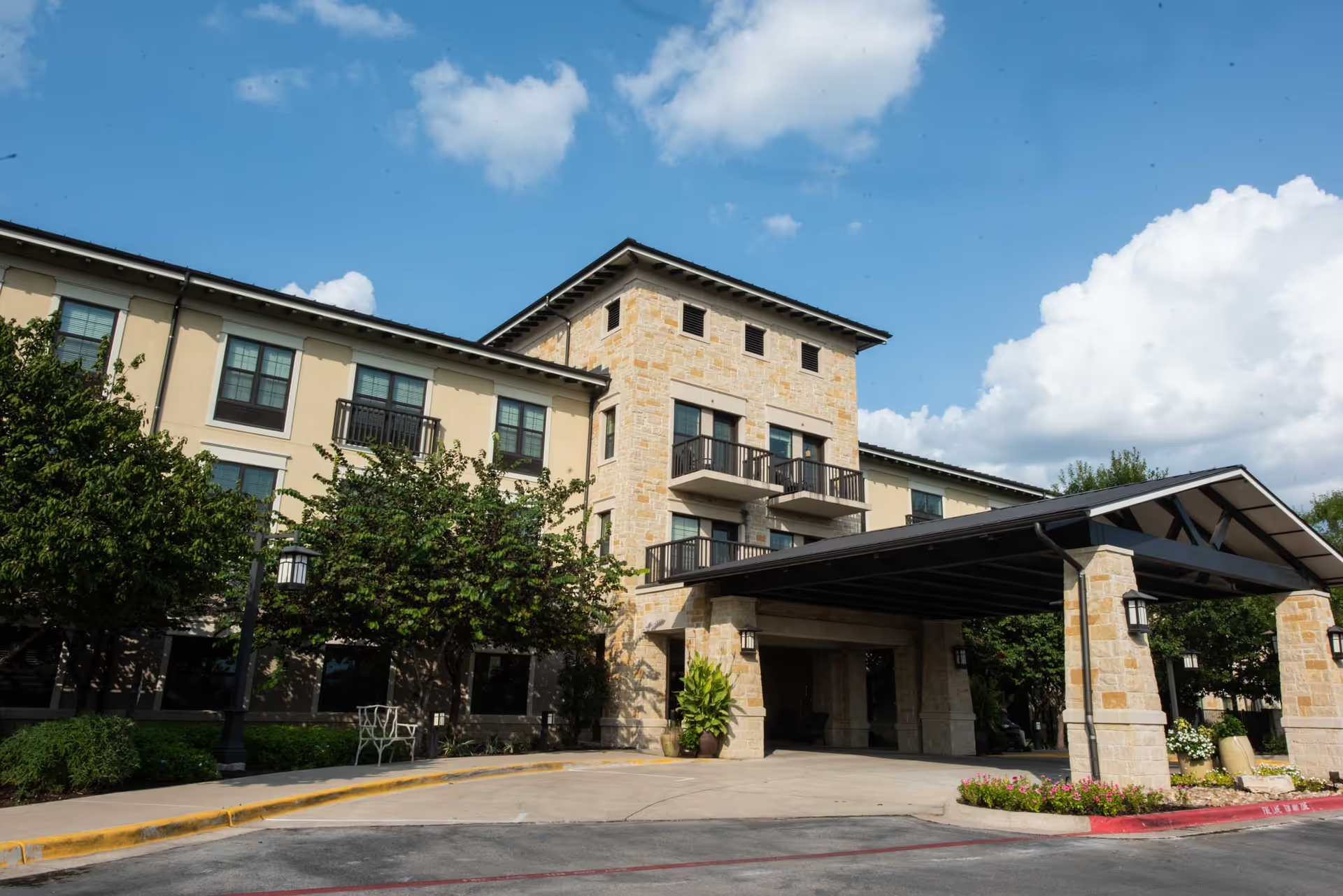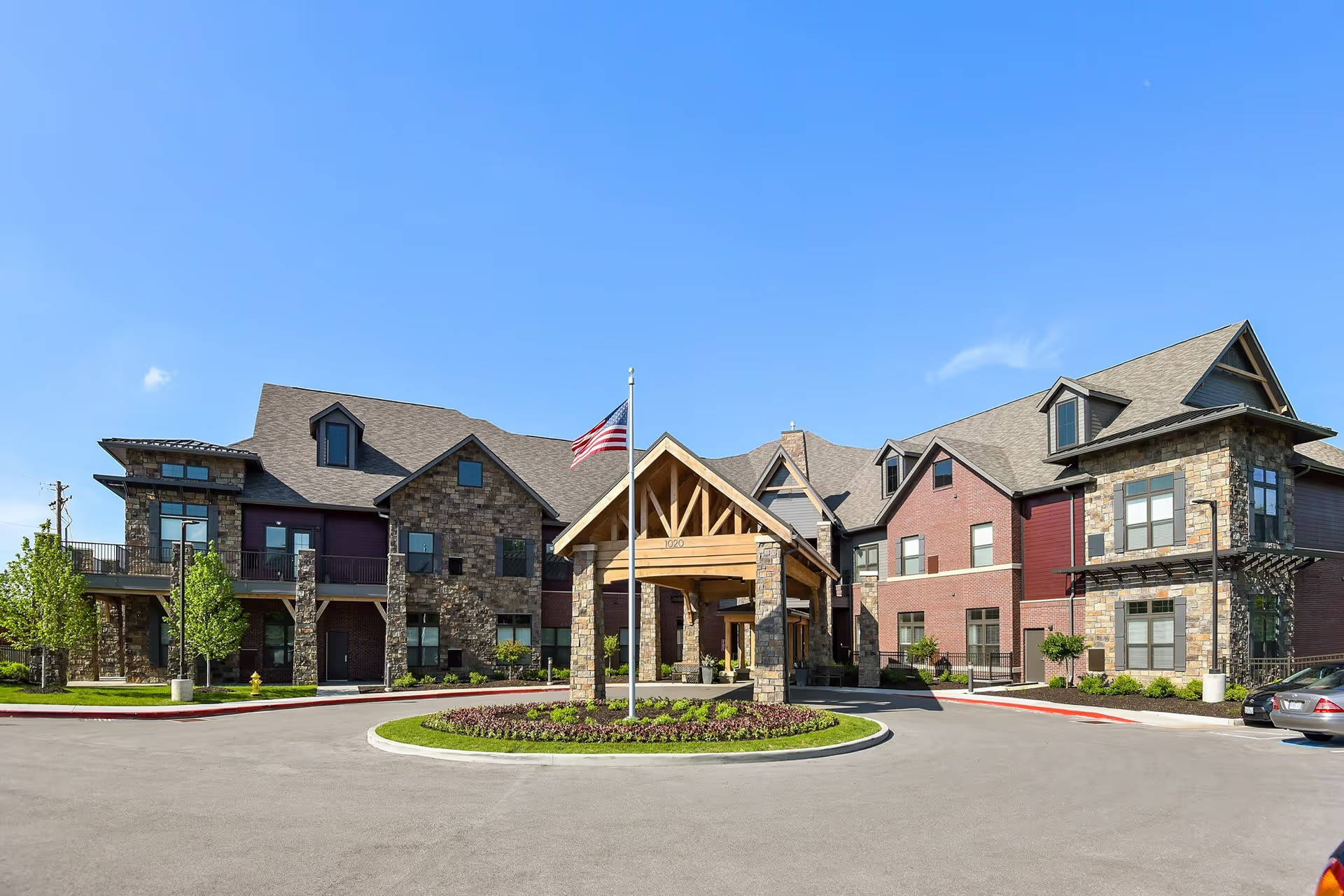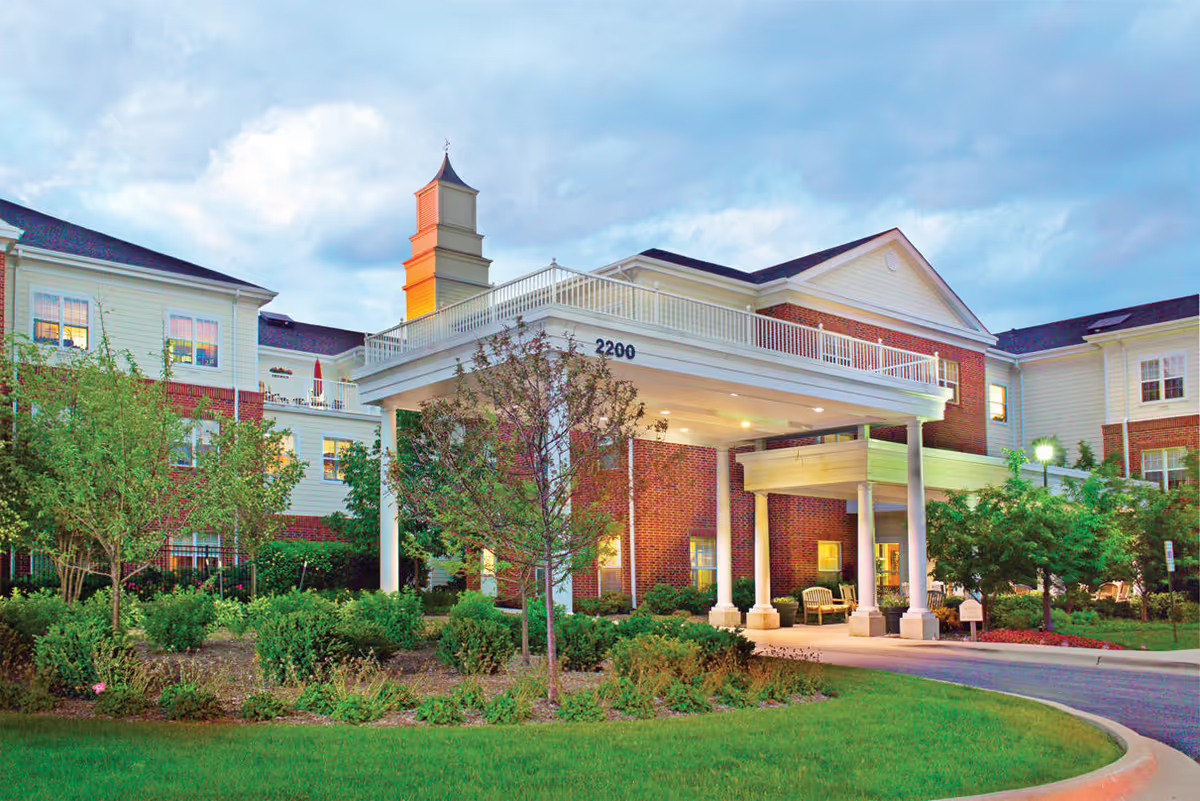Overall sentiment in the reviews is mixed, with some reviewers reporting very positive experiences and others describing significant problems. Positive comments emphasize a clean, smaller facility where many caregivers are friendly and provide attentive, excellent care. Several reviewers highlight the advantage of a smaller facility size and a better resident-to-caregiver ratio, which they felt resulted in more personalized attention. There are multiple mentions of good therapy/rehabilitation experiences and recommendations, a solid activity roster, and available religious services. The facility appears to accommodate special dietary needs in some cases (for example, providing ground-up meals), and food quality is described as acceptable to good by several reviewers. Management practices such as attempts to match roommates are noted as a benefit by some families.
However, the reviews also raise notable and recurring concerns about operational and care consistency. Staffing challenges are a frequent theme: some reviewers describe staff being inattentive or unresponsive to call lights, suggesting inconsistent staffing levels or supervision. Housekeeping and room maintenance appear uneven — at least one reviewer reported rooms not being cleaned regularly. Security and access issues are also mentioned: doors being locked at 8 pm caused entrance problems for a family member, and wandering among residents with Alzheimer’s was flagged along with worries about valuables not being secure. Rehabilitation services are described positively by some but absent or insufficient by others; one complaint specifically states rehabilitation was not performed as expected.
Care transitions and administration communication are another area of concern. Several comments point to poor discharge communication, and at least one report describes a patient being discharged in worse condition than on admission, which is a serious complaint indicating breakdowns in coordination between the facility, therapy, and family. These operational problems contribute to an overall pattern of inconsistency: some families recommend the facility highly (even “100%” for therapy), while others label the care as very poor. This polarization suggests that experiences may vary significantly depending on staffing at the time, which caregivers are on duty, and how actively family members are involved.
A recurring recommendation from the reviews is that family involvement improves outcomes. Multiple reviewers explicitly advise families to stay engaged and involved to ensure quality care, which implies that oversight by relatives can mitigate some of the facility’s inconsistencies. Prospective residents and families should note the trade-offs reflected in the reviews: the facility’s small size and friendly caregivers can provide a more personal environment and good programming, but there are tangible risks around staffing reliability, responsiveness, cleanliness consistency, security for residents with dementia, and discharge/communication processes. Taken together, the reviews portray a facility capable of providing very good care in many cases, but with important and sometimes serious gaps that lead to negative experiences for other families. Prospective visitors should verify current staffing levels, ask about call response protocols, cleaning schedules, dementia security measures, discharge planning procedures, and how special dietary needs are handled before making placement decisions.







